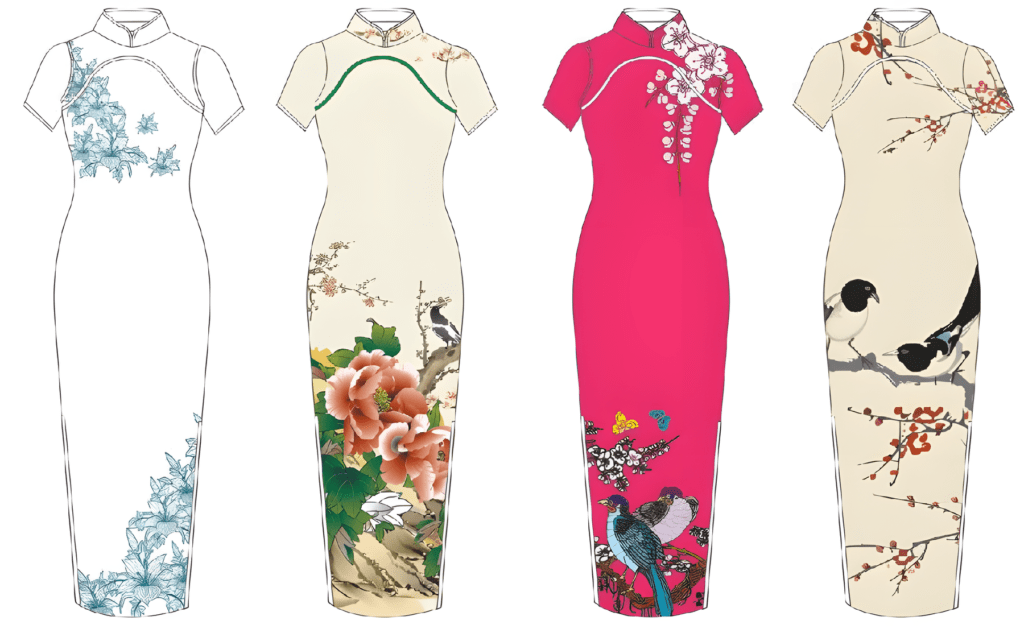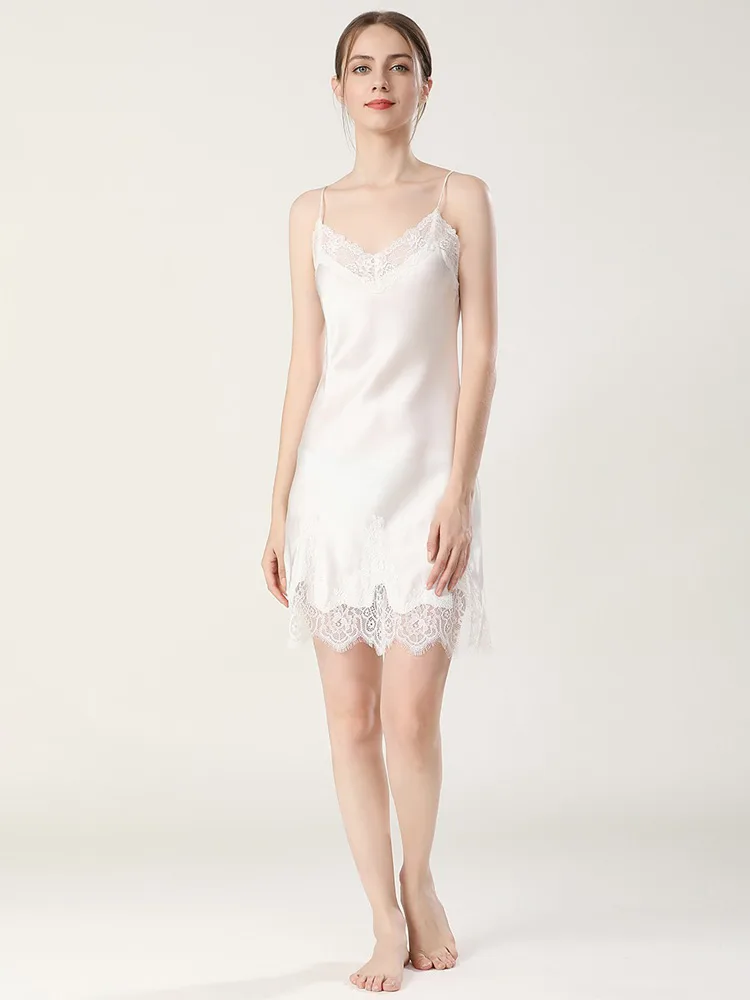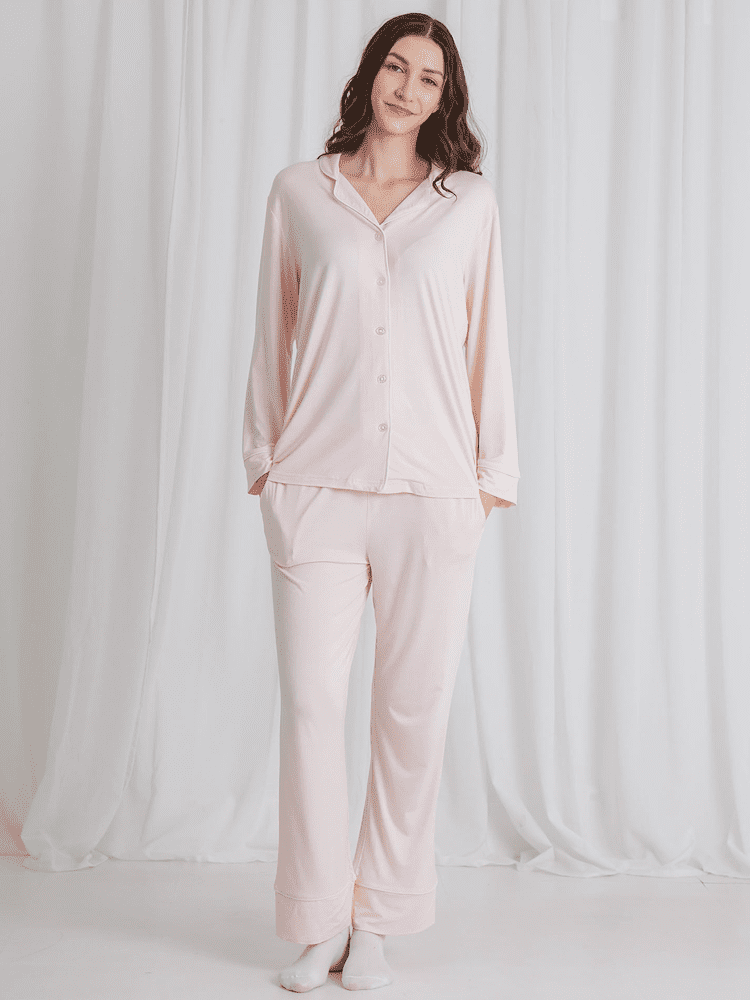Unlock the secrets of China clothing, from traditional garments to the latest fashion trends, and explore the global influence of Chinese fashion.
目次
China’s Rich Clothing Heritage
China has a deep-rooted and rich clothing heritage that spans centuries. The traditional clothing of China is a reflection of its vibrant culture and diverse history. Throughout the ages, Chinese clothing has been influenced by various dynasties and regional customs, resulting in a wide array of styles and designs.
The evolution of China’s clothing can be traced back to ancient times, where garments were not only worn for practical purposes but also for symbolic and cultural significance. The use of luxurious fabrics, intricate embroidery, and elaborate patterns was prevalent in china traditional clothing, reflecting the high social status and exquisite taste of the wearer. From the majestic ローブ of emperors and noble classes to the elegant silk dresses of women, every piece of Chinese clothing tells a story and carries a distinct aesthetic appeal. With its timeless beauty and unique craftsmanship, China clothing continues to inspire and captivate people around the world.
The Influence of Traditional Chinese Fashion

Chinese fashion has undeniably left a lasting impact on global clothing trends. The rich heritage of traditional Chinese fashion has not only inspired countless designers but has also influenced the way people dress in other parts of the world. From the elegant qipao to the intricate embroidery designs, traditional Chinese clothing has become synonymous with sophistication and grace.
China, being one of the largest 衣料品サプライヤー in the world, has played a significant role in shaping global fashion. Wholesale China clothing has made it possible for consumers to access traditional Chinese-inspired designs at affordable prices. The availability and popularity of Chinese アパレルブランド have contributed to the fusion of East and West in the fashion industry. With a keen eye for detail and craftsmanship, Chinese designers have found commendable success in incorporating traditional elements into contemporary fashion, creating truly unique and eye-catching pieces. The influence of traditional Chinese fashion continues to captivate the global market, setting new trends and leaving a lasting impression on the fashion landscape.
The Evolution of Chinese Fashion Trends
Chinese fashion trends have undergone a significant evolution over the years. From traditional garments to modern designs, the fashion landscape in China has transformed dramatically. One notable development is the growth of China’s wholesale clothing industry, which has played a crucial role in shaping and disseminating these trends. With an abundant supply of china clothing manufacturers, the industry has been able to cater to a diverse array of tastes and preferences, both domestically and internationally.
In the past, Chinese fashion trends were heavily influenced by cultural and historical elements. Traditional attire such as the qipao and hanfu held a prominent place in the fashion scene. However, as China opened up to the world and embraced globalization, fashion trends started to draw inspiration from Western and other international styles. This fusion of Eastern and Western influences gave rise to unique and eclectic fashion expressions that captivated global audiences. Today, Chinese fashion trends seamlessly blend traditional elements with contemporary designs, creating a distinctive aesthetic that has gained global recognition.
Key Elements of Chinese Clothing
Traditional Chinese clothing, also known as hanfu, carries with it a rich history and cultural significance. When examining the key elements of Chinese clothing, it becomes apparent that attention to detail and emphasis on symbolism are integral to its design. The intricate patterns and vibrant colors used in traditional attire showcase China’s deep-rooted traditions and values.
China’s clothing heritage has undergone modern transformation, with the rise of online platforms offering a wide range of clothing from both traditional and contemporary Chinese brands. These platforms have made it easier for people around the world to access and appreciate Chinese fashion. China clothing brands have also gained popularity for their unique blend of traditional elements and modern aesthetics, catering to a diverse global audience. The fusion of cultural heritage and contemporary designs reflects the dynamism and creativity of Chinese fashion.
The Impact of Chinese Clothing on Global Fashion
Chinese clothing has had a significant impact on global fashion throughout history. Ancient China was renowned for its exquisite and sophisticated clothing, with distinct styles and designs that continue to inspire fashion trends to this day. The intricate embroidery, luxurious fabrics, and attention to detail in ancient Chinese clothing set a high bar for craftsmanship and artistry in the fashion industry.
In modern times, Chinese clothing has also made its mark on the global fashion scene through the “made in China” phenomenon. China has become the world’s largest manufacturer of garments, producing clothing for numerous international fashion brands. The country’s expertise in mass 生産, coupled with its competitive prices, has made Chinese-made clothing accessible to consumers around the world. As a result, Chinese clothing has become a major player in shaping global fashion, influencing trends and styles with its vast range of products.
Chinese Fashion Designers Making Waves
Chinese fashion designers have been making waves in the global fashion industry, with their innovative designs and unique perspectives. These designers have successfully showcased the rich cultural heritage of China in their collections, capturing the attention of international fashion enthusiasts. As a result, China’s clothing websites have become popular destinations for fashion-conscious individuals who are looking for contemporary and stylish options inspired by traditional Chinese fashion. These websites offer a range of clothing sizes, catering to diverse ボディタイプ and ensuring a comfortable and flattering fit for customers worldwide. From elegant qipao dresses to modern interpretations of cheongsams, Chinese fashion designers are redefining fashion trends and challenging traditional notions of beauty.
One of the key reasons behind the success of Chinese fashion designers is their ability to blend traditional elements with modern aesthetics. By infusing traditional Chinese craftsmanship techniques with contemporary designs, these designers create unique and eye-catching pieces that appeal to both Chinese and global customers. China’s clothing size chart, which considers diverse body shapes and sizes, plays a crucial role in ensuring that the garments designed by these fashion pioneers are accessible and inclusive. This commitment to diversity and inclusivity has contributed to the growing popularity of Chinese fashion designers, as they embrace and celebrate the beauty of all body types.
Exploring China’s Fashion Capitals
China is known to have several fashion capitals, each with its distinct style and influence on the global fashion scene. One of the notable fashion capitals in China is Shanghai. Renowned for its fusion of traditional and modern elements, Shanghai offers a unique blend of East-meets-West fashion. The city is ホーム to top fashion schools, talented designers, and an array of high-end boutiques. It has become a hub for fashionistas and trendsetters, attracting fashion enthusiasts from around the world. With Shanghai’s thriving garment industry, it is not surprising to see the city’s influence spreading beyond its borders. Moreover, shopping in Shanghai is also a fascinating experience, especially for those interested in exploring the differences between China’s sizing system and the US clothing standards.
Another prominent fashion capital in China is Beijing. As the country’s capital, it naturally exudes elegance and sophistication. Beijing’s fashion scene is characterized by its emphasis on traditional Chinese elements. Designers in Beijing often draw inspiration from ancient Chinese culture and combine it with contemporary aesthetics, resulting in exquisite creations that reflect China’s rich heritage. Additionally, Beijing is home to some of the best 中国の衣料品メーカー, known for their attention to detail and fine craftsmanship. These manufacturers play a vital role in maintaining the country’s reputation as a global fashion powerhouse.
When exploring China’s fashion capitals, one can witness a convergence of tradition and modernity, with each city offering its unique contributions to the country’s rich clothing heritage.
The Rise of Fast Fashion in China

Fast fashion has gained immense popularity in China in recent years. This global trend is characterized by the mass production of inexpensive clothing that is quickly consumed and discarded. Chinese consumers have embraced fast fashion due to its affordability and accessibility, as well as its ability to cater to rapidly changing fashion trends. With the rise of fast fashion brands such as H&M, Zara, and Uniqlo in China, the industry has experienced tremendous growth and has become a significant part of the country’s retail landscape.
The rise of fast fashion in China has not been without controversy. Critics argue that the fast fashion business model contributes to environmental degradation and labor exploitation. The fast fashion industry is notorious for its high production rates, which result in massive amounts of textile waste and carbon emissions. Additionally, fast fashion brands have been accused of outsourcing production to countries with lax labor laws and unsafe working conditions. Despite these concerns, fast fashion continues to thrive in China, driven by consumer demand for affordable and trendy clothing.
• Chinese consumers are attracted to fast fashion due to its affordability and accessibility.
• Fast fashion brands such as H&M, Zara, and Uniqlo have experienced significant growth in China.
• The industry has become a prominent part of the country’s retail landscape.
• Critics argue that the fast fashion business model contributes to environmental degradation.
• High production rates lead to textile waste and carbon emissions.
• Fast fashion brands have been accused of outsourcing production to countries with lax labor laws and unsafe working conditions.
Sustainability in the Chinese Fashion Industry

In recent years, the Chinese fashion industry has been making notable strides towards sustainability. With a focus on reducing waste, promoting ethical practices, and embracing eco-friendly materials, many Chinese clothing brands are leading the way in the global move towards more sustainable fashion choices.
One key aspect of sustainability in the Chinese fashion industry is the adoption of innovative technologies and production processes. Through the use of advanced manufacturing techniques, such as 3D printing and laser cutting, designers are able to reduce material waste and create more efficient and environmentally friendly garments. Additionally, many brands are turning to organic and recycled materials, such as bamboo and recycled polyester, in order to minimize their environmental impact. With these efforts, the Chinese fashion industry is not only striving to create beautiful and stylish clothing, but also to ensure that these creations are made in a sustainable and responsible manner.
Chinese Clothing Brands to Watch Out For
When it comes to Chinese clothing brands that are making waves in the fashion industry, several names stand out prominently. One such brand is “Li-Ning,” established by former Chinese Olympic gymnast, Mr. Li Ning. Known for its sportswear collections, Li-Ning has successfully blended traditional Chinese elements with contemporary designs. From vibrant color palettes to intricate embroidery, Li-Ning’s apparel not only embodies Chinese cultural heritage but also reflects a modern aesthetic. With a growing global presence, this brand is definitely one to watch out for in the fashion world.
Another Chinese clothing brand that has garnered attention is “Masha Ma.” Founded by the eponymous designer, Masha Ma, this brand brings a unique avant-garde approach to Chinese fashion. With a focus on architectural silhouettes and innovative fabric manipulations, Masha Ma’s designs often challenge the conventional norms of clothing. Her collections effortlessly combine traditional Chinese craftsmanship with futuristic concepts, resulting in garments that are both artistic and wearable. As Masha Ma continues to push the boundaries of fashion, it is undoubtedly a brand worth keeping an eye on for those seeking cutting-edge designs with a touch of Chinese heritage.
よくあるご質問
What is the significance of China’s rich clothing heritage?
China’s rich clothing heritage is of great significance as it showcases the country’s long-standing history of textile and fashion innovation. It reflects the cultural diversity and artistic expressions of different regions in China, making it a source of inspiration for both traditional and contemporary fashion designs.
How has traditional Chinese fashion influenced the industry?
Traditional Chinese fashion has had a significant influence on the fashion industry globally. Elements such as the use of silk, intricate embroidery, and cheongsam-inspired designs have been incorporated into modern fashion, creating a fusion of traditional and contemporary styles. This influence has helped shape the fashion landscape and brought attention to the beauty of Chinese culture.
How have Chinese fashion trends evolved over time?
Chinese fashion trends have witnessed a remarkable evolution over time. Initially, traditional clothing styles dominated the scene, but with globalization and increased exposure to international fashion, Chinese fashion has embraced diverse influences. Today, Chinese fashion trends range from avant-garde streetwear to elegant and minimalist designs, showcasing the country’s ability to adapt and innovate.
What are the key elements of Chinese clothing?
The key elements of Chinese clothing include the use of luxurious fabrics like silk and brocade, intricate embroidery, vibrant colors, and symbolic motifs. Traditional Chinese clothing also often features mandarin collars and qipao-inspired designs. These elements reflect the cultural heritage and aesthetic principles deeply rooted in Chinese fashion.
How has Chinese clothing made an impact on global fashion?
Chinese clothing has made a significant impact on global fashion by introducing unique elements and aesthetics to the industry. Chinese designs have gained recognition for their craftsmanship, attention to detail, and fusion of traditional and modern styles. Chinese fashion designers have also gained international acclaim, contributing to the diversification and global appeal of fashion.
Which Chinese fashion designers are making waves internationally?
Several Chinese fashion designers have been making waves internationally. Names like Guo Pei, Ma Ke, and Huishan Zhang have gained recognition for their exceptional talent and unique designs. They have successfully showcased the creativity and craftsmanship of Chinese fashion on global platforms, earning them a place among the industry’s elite.
Which cities in China are considered fashion capitals?
Beijing, Shanghai, and Guangzhou are considered the fashion capitals of China. These cities host renowned fashion weeks, attract top designers and fashion enthusiasts, and serve as vibrant hubs for the fashion industry. Each city has its distinct fashion scene and contributes to the overall dynamism of Chinese fashion.
How has fast fashion influenced the Chinese fashion industry?
Fast fashion has had a significant influence on the Chinese fashion industry. With the rise of e-commerce and changing consumer preferences, Chinese consumers have embraced the convenience and affordability of fast fashion brands. This has led to the growth of domestic fast fashion companies and increased competition in the market.
What is the approach to sustainability in the Chinese fashion industry?
The Chinese fashion industry is increasingly recognizing the importance of sustainability. Many Chinese clothing brands are incorporating sustainable practices into their production processes, such as using eco-friendly materials, reducing waste, and promoting ethical labor practices. Efforts are also being made to raise awareness among consumers about the environmental impact of fashion choices.
Which Chinese clothing brands should we watch out for?
Several Chinese clothing brands have emerged as leaders in the industry. Brands like Shushu/Tong, Ms MIN, and Uma Wang have gained attention for their unique designs and innovative approaches. These brands represent the growing creativity and potential of the Chinese fashion industry, making them worth watching in the global fashion landscape.




